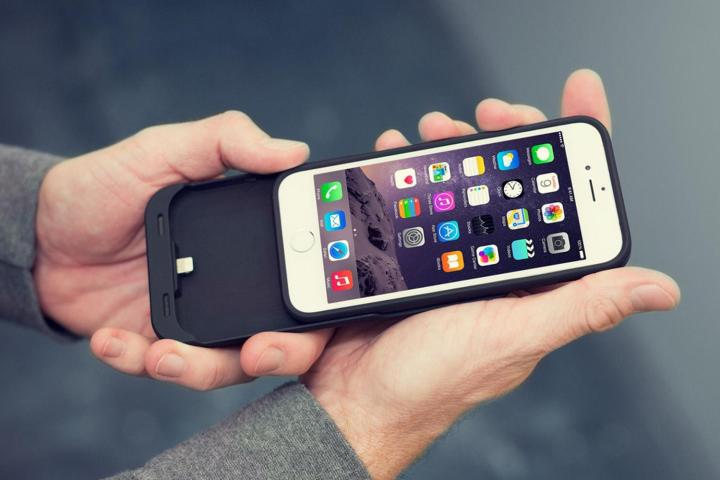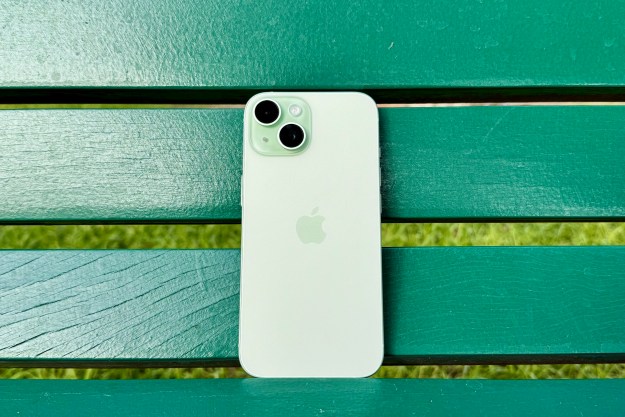
The related patent application was filed in the fourth quarter of 2015 and unearthed this week by Patently Apple, meaning the project has been in the works for quite a while. The transmitter, as it’s described, is designed to be versatile enough to handle a number of uses. In addition to power, the antennas will also be able to deliver data, and can adjust their direction in real time to direct signals to devices as efficiently as possible.
Apple notes that phones aren’t intended to be the lone use case for millimeter waves. Wearables, like the Apple Watch, as well as smart glasses, appliances, and home audio and video equipment could all benefit from the emerging technology. Think of it this way: right now, we can transmit and receive data with systems like LTE and Wi-Fi, but we have to use wired connections or inductive chargers to deliver power. Millimeter waves are multifaceted enough to handle both.
As always with patents, though, you won’t see this happen overnight. 5G wireless networks incorporating millimeter waves aren’t expected to debut until 2020 at the earliest. No consumer devices support the technology quite yet, and if you remember the early days of LTE, chances are it’s going to take some time before we reach a point where millimeter waves are not only commonplace, but reliable. However, a removable case could be an excellent way for Apple to test the technology before it feels confident enough to fully integrate it into its devices.
Editors' Recommendations
- Apple may release a completely new type of iPhone in 2025
- iOS 17.5 just launched with a huge security feature for your iPhone
- Are you having iPhone alarm problems? A fix is coming soon
- Nomad’s new iPhone case and Apple Watch band may be its coolest yet
- An Apple insider just revealed how iOS 18’s AI features will work


